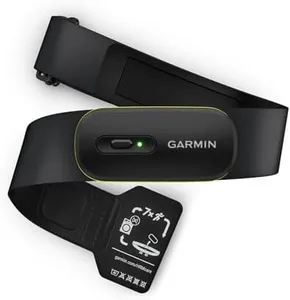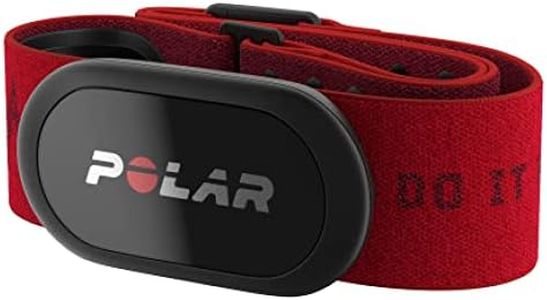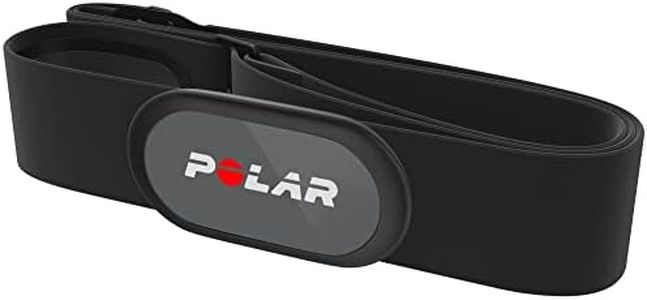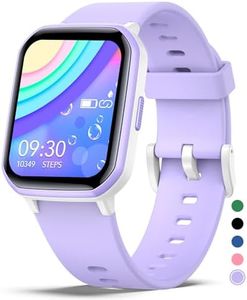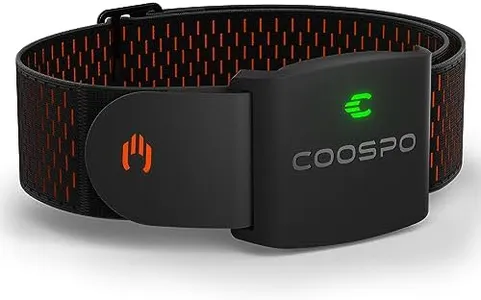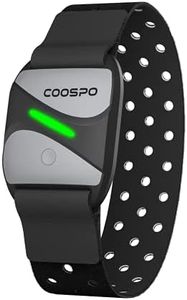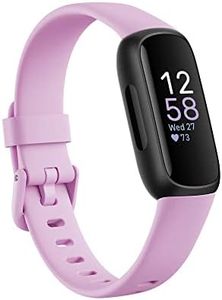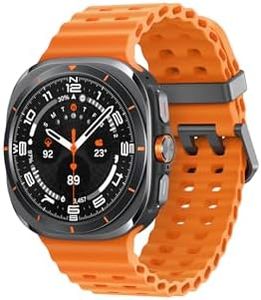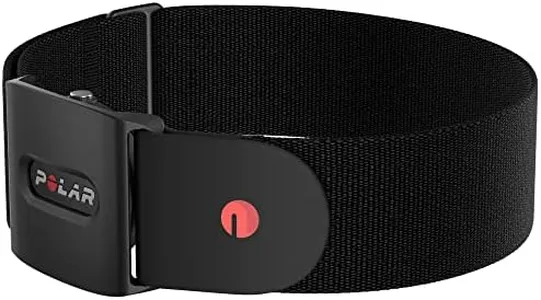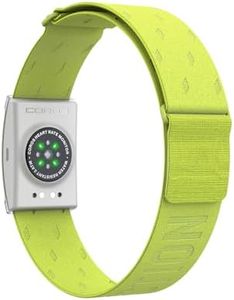We Use CookiesWe use cookies to enhance the security, performance,
functionality and for analytical and promotional activities. By continuing to browse this site you
are agreeing to our privacy policy
10 Best Heart Monitors
From leading brands and best sellers available on the web.Buying Guide for the Best Heart Monitors
Choosing a heart monitor can be a smart move for anyone interested in tracking their heart rate for fitness, health, or medical reasons. There are many types available, from basic chest straps to advanced wrist-worn devices. The right monitor can help you measure your heart rate accurately, set fitness goals, and even detect irregularities, but it's important to know what features matter based on your unique needs. By understanding the key specifications, you can find a heart monitor that complements your activity level, comfort preferences, and tracking goals.Type (Chest Strap vs. Wrist vs. Armband)The type refers to how and where you wear the heart monitor on your body. Chest straps are known for their high accuracy and are often preferred by athletes; they wrap around your chest and sit close to your heart. Wrist monitors are built into smartwatches or fitness bands and are more comfortable for all-day use, though they might be slightly less precise. Armband monitors are worn on the upper arm and balance comfort and accuracy. Your choice should depend on when you plan to use the monitor (exercise vs. daily wear) and how important comfort and convenience are to you.
Heart Rate Measurement Method (Optical vs. Electrical)This spec refers to the technology the heart monitor uses to detect your heart rate. Electrical sensors (ECG-based) are used in chest straps and tend to give more accurate readings, especially during intensive or high-movement activities. Optical sensors use light to gauge blood flow and are common in wrist and arm monitors; they’re convenient but can be less reliable during high-motion or sweaty workouts. If precision during tough workouts is essential, go for electrical; if everyday tracking or ease-of-use matters most, optical is usually enough.
Connectivity (Bluetooth, ANT+)Connectivity refers to how your heart monitor communicates with other devices like smartphones, fitness trackers, or gym equipment. Bluetooth is widely used and works with most phones and apps. ANT+ is another standard, often used in professional sports gear and certain fitness watches. Think about what other tech you already use or plan to use; make sure your heart monitor can connect to those devices smoothly.
Data Tracking and StorageThis spec explains how much and what kind of data your monitor can save and display. Some models only show live heart rate, while others can store data from several workouts, offer detailed analysis, and let you review trends over time. If you just want basic info, a simple, real-time-only model is enough; but if you’re tracking progress or sharing information with a trainer or doctor, look for more robust data storage and companion app support.
Battery LifeBattery life is how long your monitor can go before it needs to be recharged or have its battery replaced. Some chest straps run for months on a coin battery, while wrist monitors need charging every few days. If you value convenience or plan to use your monitor daily or during long workouts, pay attention to how often you'll need to handle charging or battery swaps.
Water ResistanceWater resistance determines whether you can use your heart monitor in the rain, while sweating, or even swimming. If your workouts include swimming or you want stress-free wear in any condition, look for higher water resistance. For indoor or dry activities, basic splash or sweat resistance may be enough.
Comfort and AdjustabilityComfort covers the fit and feel of the device on your body. Adjustable straps, lightweight design, and soft materials make a big difference, especially if you wear the device for long periods. If you'll be wearing your heart monitor daily or during sleep, prioritize comfort and test options if you can.

